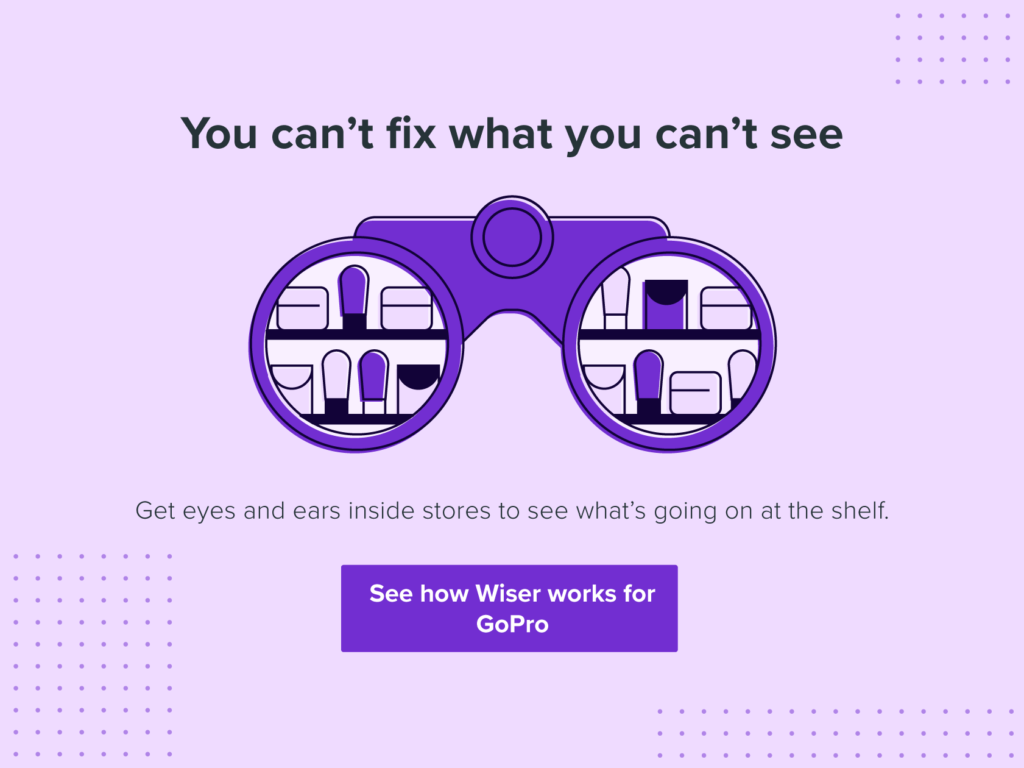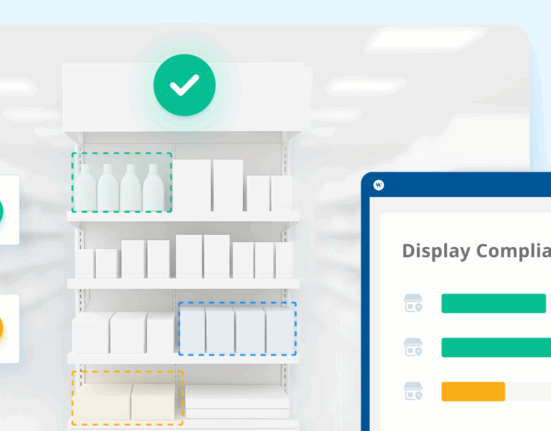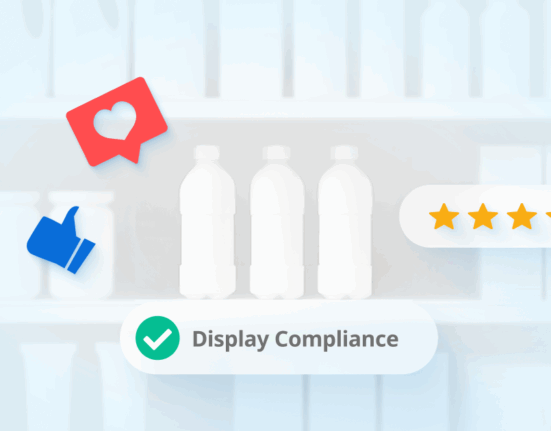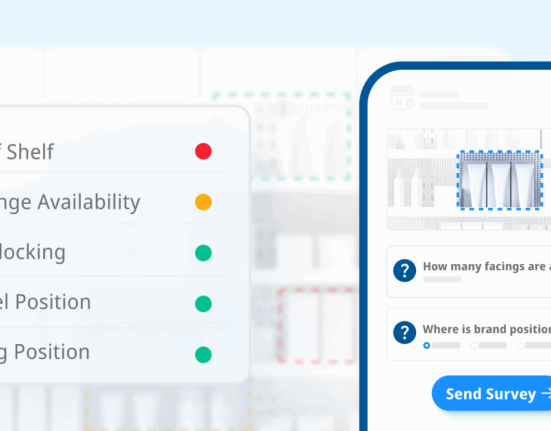Shelf placement. There’s a good chance just reading those words triggers a flashback to an argument over the best location on the shelf for a new product. It’s no secret that shelf placement is valuable for both brand manufacturers and retailers—and that it is also a major pain to balance the demands of both these parties plus the all-important shopper.
However, there are a few strategies you can use to make shelf placement a little more manageable. Keep reading for our guide on how to get your products on the shelf where they need to be.
What is Shelf Placement?
First, a quick refresher on shelf placement. There are three definitions depending on who you are talking to: the brand, the retailer, or the shopper.
The Brand Definition
Shelf placement for brand manufacturers is where your product is located on a brick-and-mortar retail store shelf. It could be top, eye, middle, or bottom shelf. Products can also be placed next to your own brand, a competitor brand, or complementary items. The goal for a brand is to be in the exact spot that will increase sales.
The Retailer Definition
The retailer in this situation is also the buyer—they have to decide which products and brands to place where, and to do so in a way that benefits the store and shopper but also keeps these other partners happy. Retailers have to balance the risk and reward of choosing which items to stock with only a limited number of shelves available. They have to take into consideration shopper behavior and existing relationships with brands.
The Shopper Definition
For the end-user of a product, shelf placement is all about where the goods are. They want to find what they’re looking for as quickly as possible to get in and get out. Shoppers also want to easily see related items and competitor options to make informed buying decisions. It’s also important that shelves are stocked in a way that makes it easy to grab and go—not having to ask an associate to get out the ladder, for example.
The definition of shelf placement depends on whether you’re a brand, retailer, or shopper, but it’s all about getting products where they need to be to sell.
Why Does Shelf Placement Matter?
These definitions give a good sense of why the right shelf placement is a must-have for brands, retailers, and customers. It determines sales. Will your brand’s products sell? Will the store maximize sales numbers? Will a shopper be able to find what they want? Shelf placement relates to all of that.
What You Can Do to Get the Ideal Shelf Placement
Are you a brand manufacturer? Then you’re wondering what you can do to navigate these complex relationships between you, the retailer, and the shopper to achieve the best possible shelf placement.
Build Relationships with Buyers
One of the most direct paths toward better product placement on store shelves is in your relationships with the buyers—often the retailer or a representative of the store. What you can do here is to position your company as a partner. Someone who will be around for the long haul and will work with the retailer to maximize sales. It has to be a mutually beneficial relationship, where you bring high-quality displays, promotions, and execution to the table so the store is confident that your products will sell.
Put On Your Negotiator Hat
On a related note, there’s usually room to negotiate with these buyers. Of course, this is easier if you’re a major brand that is well-established in the market. These companies have more leverage to get the positions on shelves they want. But even smaller brands can negotiate. Come with sales data and industry expertise and make your case to the buyer that your products will sell if given the chance.
Want more on negotiating your products onto store shelves? Check out our whitepaper about how to get on grocery store shelves (and what to do once you’re there).
Play the Long Game
Your company position on shelf placement should also be about a long-term return on investment. Building these relationships with buyers, negotiating the ideal spot—these efforts can’t be about a short-term effort. That gives little incentive to the retailer to work with you. Plus, it makes it harder to realize ROI if your timetable is short. Set the expectation internally that it’s a long game and build your strategy with this in mind.
Start with Digital Shelves
Retail isn’t just brick-and-mortar, obviously. With eCommerce booming amid COVID-19 (and in general), the digital shelf might be the perfect place to start. Why? Well, you can test out the success of a product or category online, either on your own webstore, Amazon, Walmart, or another marketplace. Then you’ll have sales data to bring to in-store retailers. More data is always a good thing, and an eCommerce push now can help you massively later on.
Prioritize Retailers
Which store will drive the most sales for your brand? This is a question only you can answer, but it leads us to our next point: prioritize which retailers you target for your ideal shelf placement, and deprioritize the ones that are less likely to sell as well. Use existing sales data, your industry expertise, shopper sentiment and behavior, and other data points to make this call. Then, spend your time and money going after the stores that will help the most. These might not be the obvious major retailers in your space with high competition.
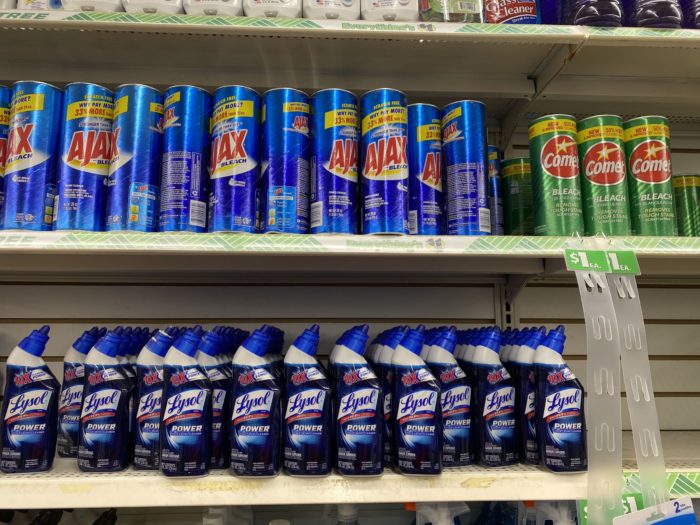
The Best Spot on the Shelf Isn’t the Same for Everyone
There’s a silver lining to all of this, especially if you know that the biggest brand names will always lock out that eye-level row. It’s that what’s best for you doesn’t always fit into that “eye-level is buy-level” wisdom. Other factors will come into play.
For instance, heavier products tend to sell better on the lower shelves. It’s easier for shoppers to pick them up from down there. Big pails of cat litter are a great example. Bottom shelf might be ideal if your target audience is a toddler or small child browsing a toy store with their parents. Parents see eye-level, but the kids will jump at an exciting toy down where they can see it. The top shelf can work too for premium items or new products. There’s a reason “top-shelf liquor” is a thing. High-up can convey a sense of importance and value that the lower shelves don’t have.
Overall, shelf placement doesn’t have to be a headache or a hassle. When done right, it can be a valuable way to build relationships with retailers and shoppers. It can open up niche opportunities for your products to get in front of customers, and it can be a way to test new products, eCommerce channels, and other tactics to develop smart omnichannel selling strategies.
Our final tip to close this out is to always measure what you started. Get people into stores to see how your products look on shelves. Make sure they ended up where you planned, and always ask for shopper insights into how they view the shelf and where their eyes go. Plan, test, execute, measure, and repeat.

